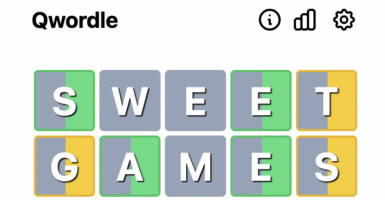The Most Significant Things That Happened In 1969
The 1960s marked one of the most pivotal decades in world history, and 1969 served as the finale for this eventful era. Those with rose-tinted glasses will fondly remember Woodstock, the Beatles, and other cultural touchstones, while students of history are more likely to look back on the shifting geopolitical landscape of the time.
1969 capped off the ’60s while setting the stage for the increasingly connected world we live in today. Whether you lived through 1969 or not, it’s worth reflecting back on this meaningful year.
The Troubles began.
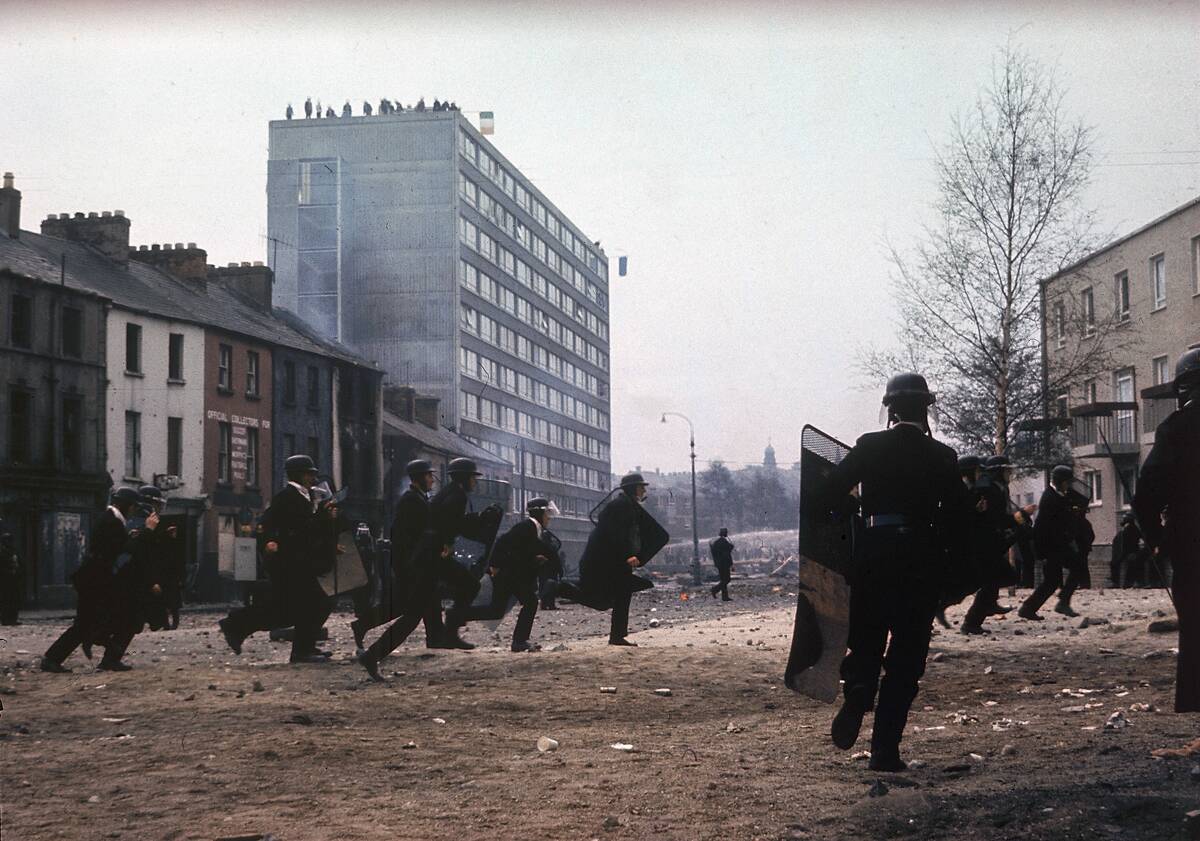
Sectarian violence between Catholic nationalists and Protestant unionists in Northern Ireland had been escalating for years when the British government opted to deploy troops to the region in August of 1969. While the goal of the deployment had been to ease the civil unrest that had been ongoing in Derry and Belfast, it instead ignited a powderkeg.
What was intended as a temporary peacekeeping effort lasted for decades, leading to the period known as “The Troubles” — a violent and long-running conflict over national identity, civil rights, and sovereignty. The tension wouldn’t truly start to recede until the 1990s.
America got a new president.
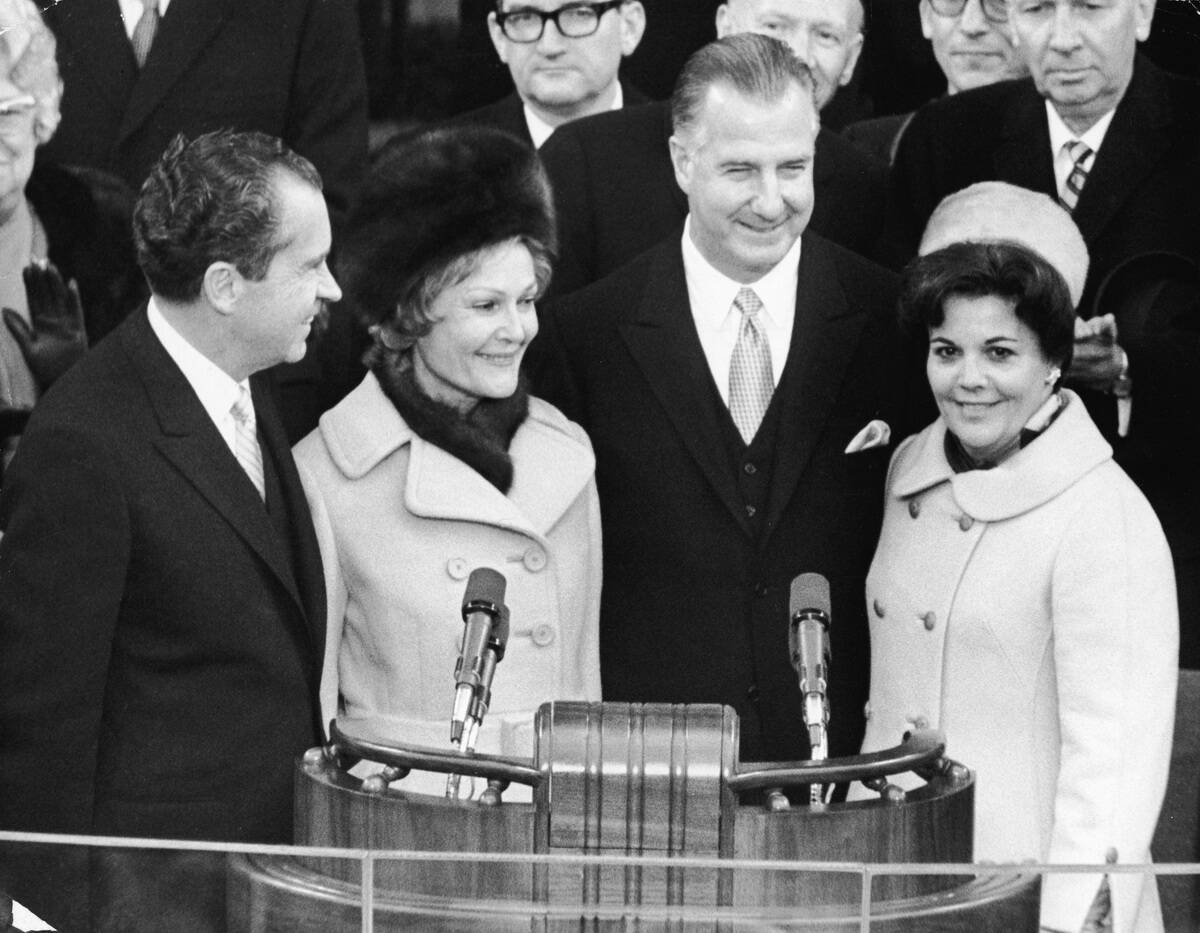
The 1968 U.S. election was a tumultuous time that concluded with the election of Richard Nixon, who was sworn in as the 37th President on January 20, 1969. Nixon faced immediate challenges as he had to make good on his campaign promise of gradually withdrawing American troops from Vietnam.
His diplomacy also extended to China and the Soviet Union, with Nixon making significant inroads in terms of relations with both countries. While his time as president got off to a relatively promising start, it would be thoroughly overshadowed by his involvement in the Watergate scandal, along with his subsequent resignation.
Stonewall was a watershed moment.
![[redacted] nightclub raid. Crowd attempts to impede polic](https://media.tellmebest.com/wp-content/uploads/2024/09/stonewall-inn-nightclub-raid.-crowd-attempts-to-impede-polic-38475.jpeg)
Police raids on LGBTQ+ establishments were commonplace in the late 1960s, but in June of 1969, patrons of the Stonewall Inn — a gay bar in New York’s Greenwich Village — opted to resist a raid.
The uprising sparked a wave of spontaneous demonstrations that lasted for days, and helped to galvanize the modern LGBTQ+ rights movement. It also helped to shine a light on the long-standing police harassment, discrimination, and social marginalization faced by this community. In time, advocacy groups would come together and Pride marches became an annual event.
Woodstock defined a generation.
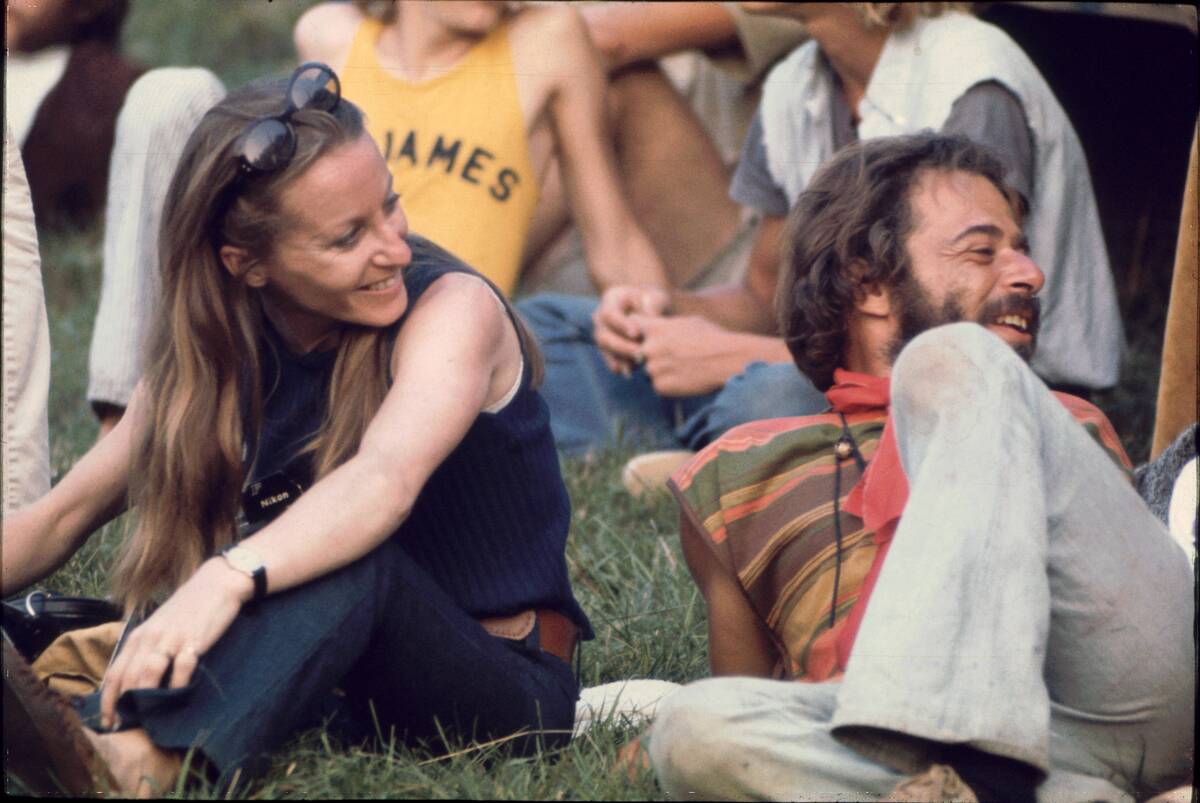
The Woodstock music festival, where some of the era’s most iconic acts played to a crowd numbering in the hundreds of thousands on a farm in Bethel, New York, became the event that defined an entire era.
Artists like Jimi Hendrix, Janis Joplin, The Who, and Santana appeared at the festival. While poor planning and poor weather made Woodstock a fairly chaotic event, it remained largely peaceful and helped to establish the template for future music festivals.
Americans made their feelings on Vietnam very clear.

Protests against the war in Vietnam had been taking place throughout the ’60s, but the Moratorium to End the War in Vietnam, held on October 15th, was the largest anti-war protest in U.S. history up to that point.
It was a meticulously organized coast-to-coast event that incorporated marches, teach-ins, and vigils in various American cities and college campuses. The Moratorium was notable for drawing in not just the usual anti-war crowd, but also people from mainstream America. The visibility of this massive event placed increased pressure on the Nixon administration to re-evaluate its strategy.
Altamont took a tragic turn.

A concert intended to be a west coast answer to the peace and love Woodstock, the Altamont Free Concert — held at California’s Altamont Speedway in 1969 — instead ended in violence, chaos, and tragedy.
At the crux of the issue was the fact that members of the Hells Angels motorcycle club had been hired as informal security and provoked violence with members of the audience. This resulted in multiple fights and the deadly stabbing of concertgoer Meredith Hunter near the stage. The event is documented in the film Gimme Shelter.
The Beatles released Abbey Road.
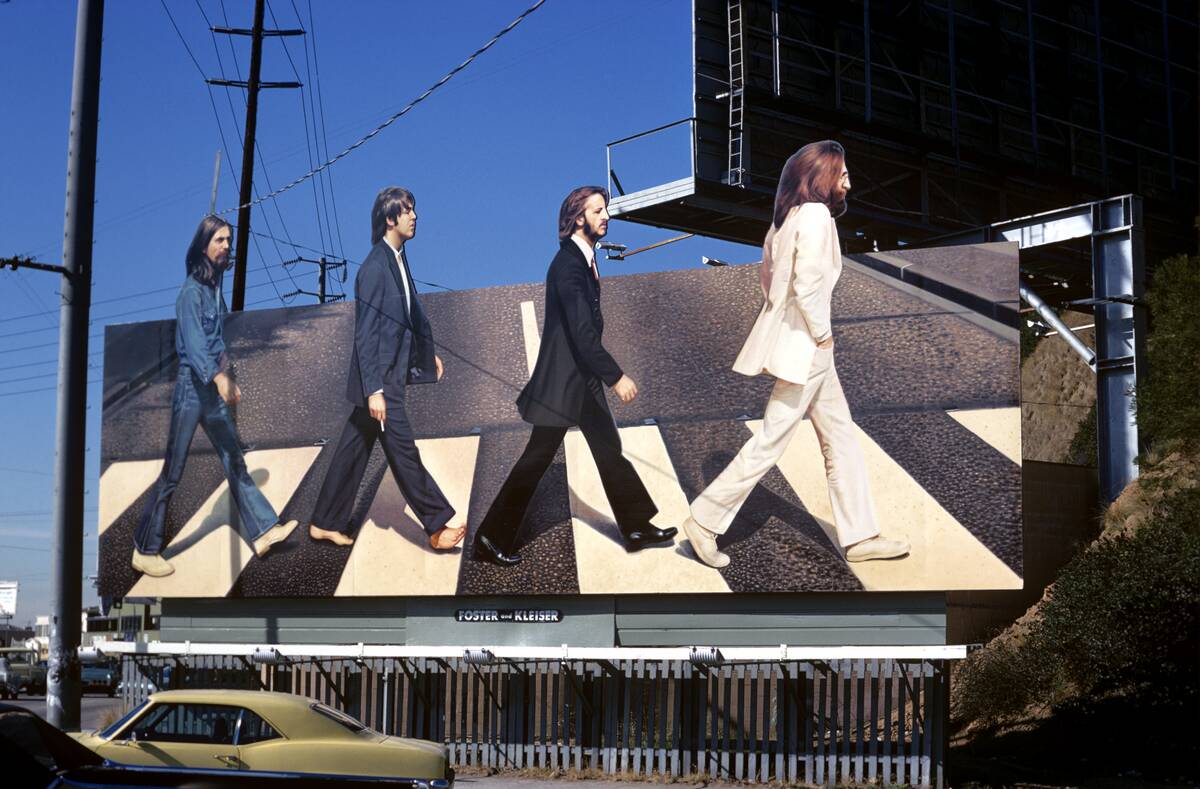
The Beatles had been a constant presence throughout most of the 1960s, so it’s fitting that the Fab Four released their final collaborative album at the tail end of the decade. Abbey Road, released on September 26th, was regarded as a masterpiece on its release, and its reputation has persisted ever since.
The album featured the now-iconic image of the Beatles walking across a zebra crossing outside EMI Studios in London and served as an appropriate farewell to the band. While the album Let It Be was released in 1970, Abbey Road was the final album recorded collaboratively by all four Beatles.
Sesame Street debuted.
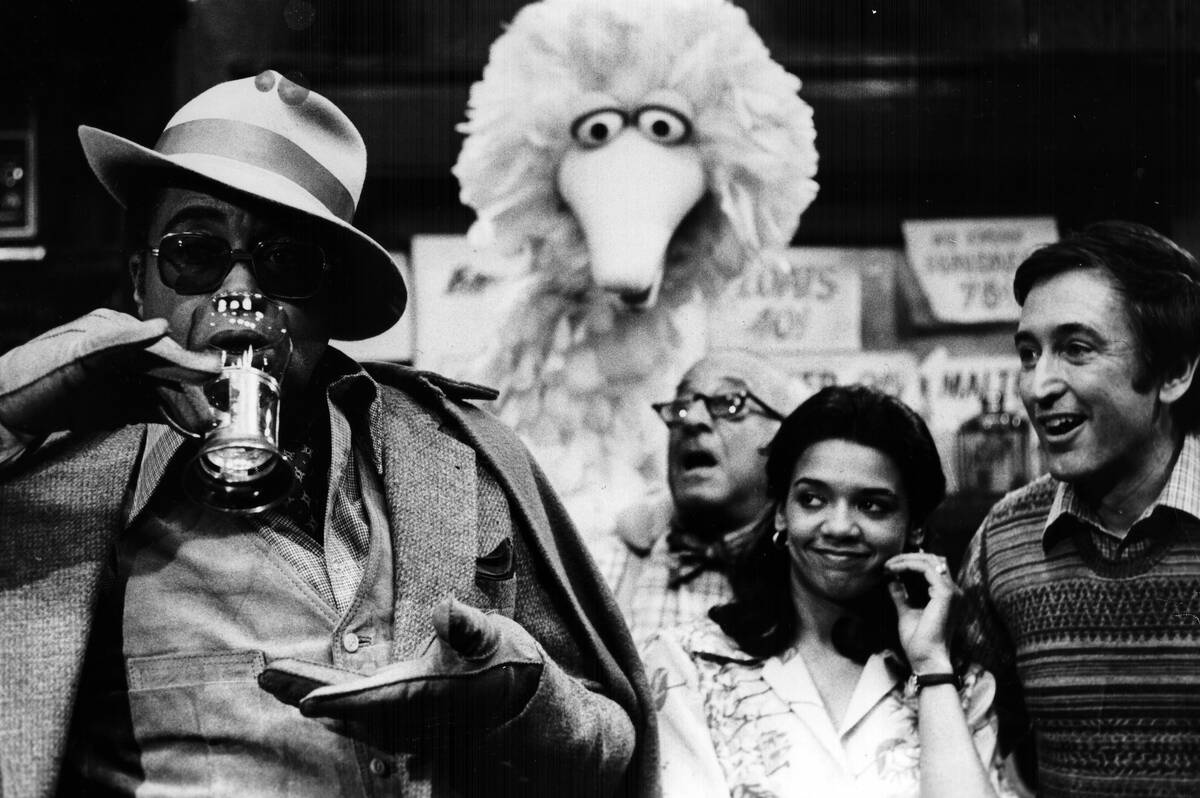
Modern-day children’s programming is generally a blend of entertainment with early education, and Sesame Street deserves much of the credit for helping to establish this standard. The long-running public TV show made its debut on November 10th, introducing kids to characters like Kermit the Frog, along with various live-action performers.
What helped set Sesame Street apart is the fact that it was created with input from child psychologists and educators. It was a hit right from the start, and has since aired in over 150 countries worldwide.
Easy Rider was a touchstone.
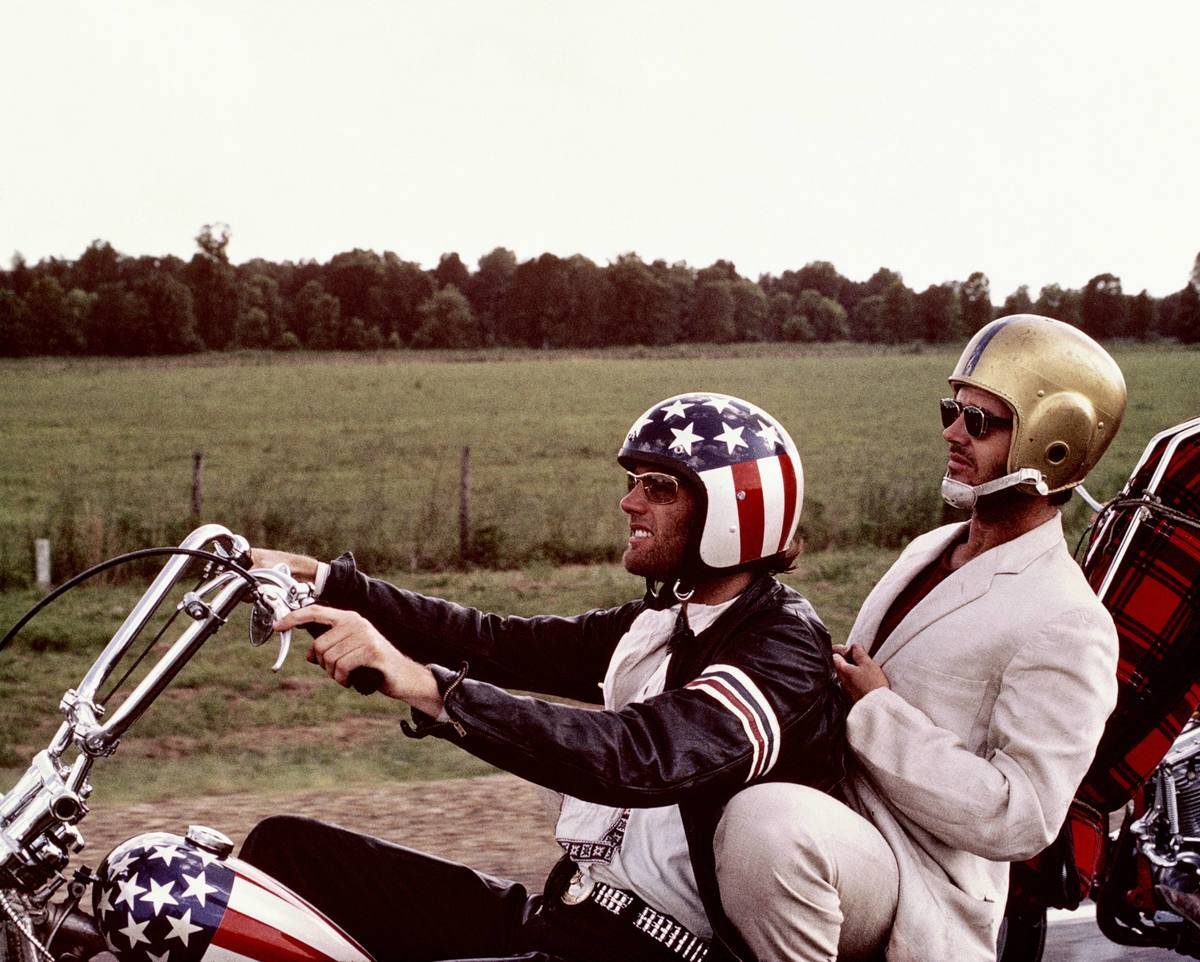
If there’s a singular film that defines the hippie era, that film is probably Easy Rider. Released in July of 1969 and starring Dennis Hopper and Peter Fonda (along with a breakout performance by Jack Nicholson), the movie has a somewhat aimless plot and follows two bikers who travel across America.
The film resonated with audiences, as it touched on relatable themes of the era like freedom, alienation, and countercultural values. It also marked a shift in filmmaking and can even be credited with ushering in the New Hollywood era, as its semi-improvised dialogue and documentary-style cinematography marked a sharp shift from conventional films of the era.
The internet is born, kind of.
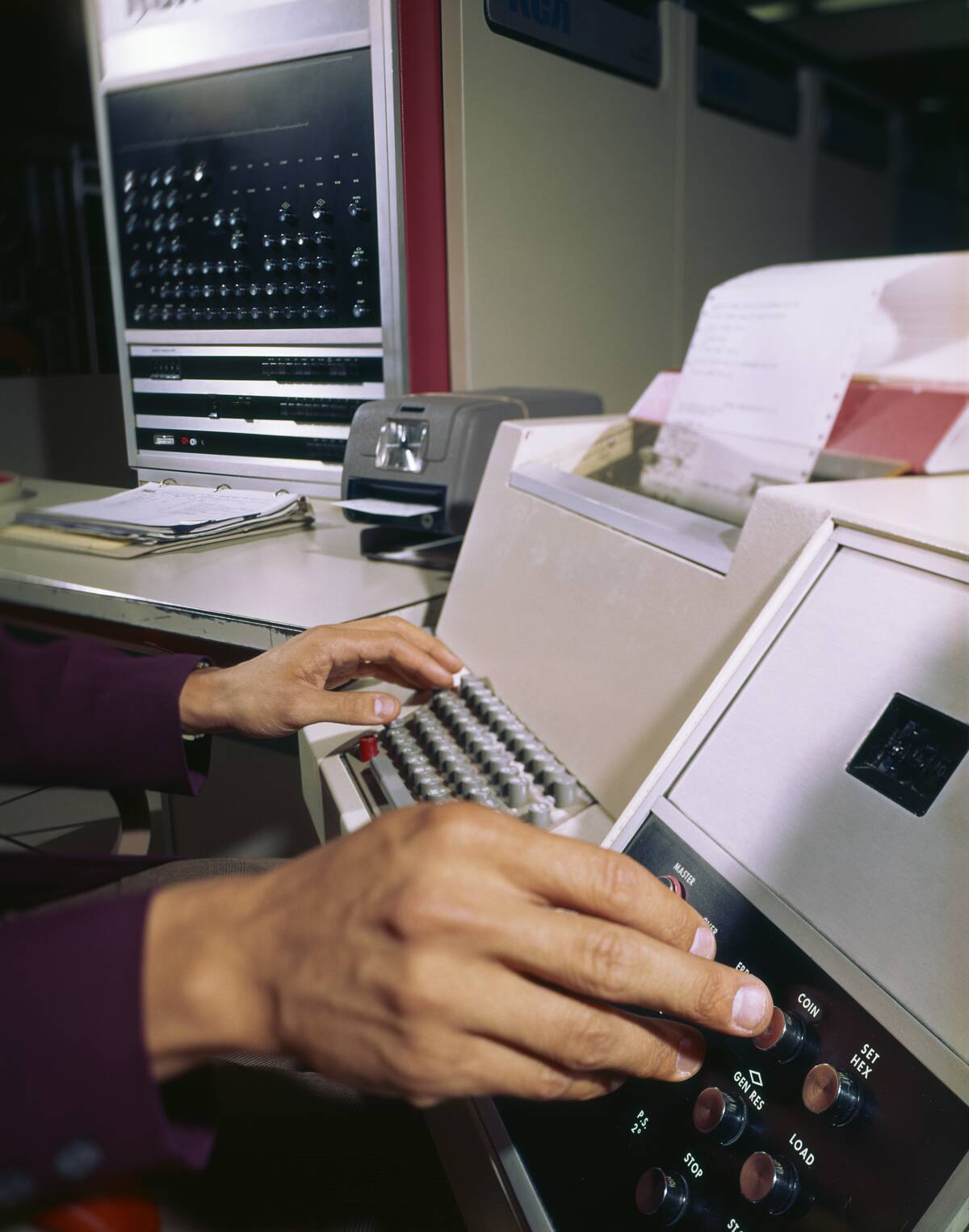
The internet didn’t truly come into its own until the 1990s, but the first stirrings of internet activity took place on October 29, 1969, when a message was sent remotely from one military computer to another over ARPANET — a research network funded by the U.S. government.
That initial message was intended to be “LOGIN,” but the system crashed after just two letters were transmitted. Despite this glitch, it was a groundbreaking moment that laid the foundation for the internet that we all use today.
The jumbo jet era begins.

Airline travel had been advancing rapidly ever since the end of World War II, and in 1969, Boeing created a seismic shift when it introduced its new 747 — a plane that colloquially became known as the “jumbo jet.”
The 747 was revolutionary, as the 400 passengers it could carry was about double that of its competitors. Thanks to its distinctive “hump,” it could house two levels, with the upper level often including a lounge or other first class amenities.
The Chappaquiddick incident was infamous.
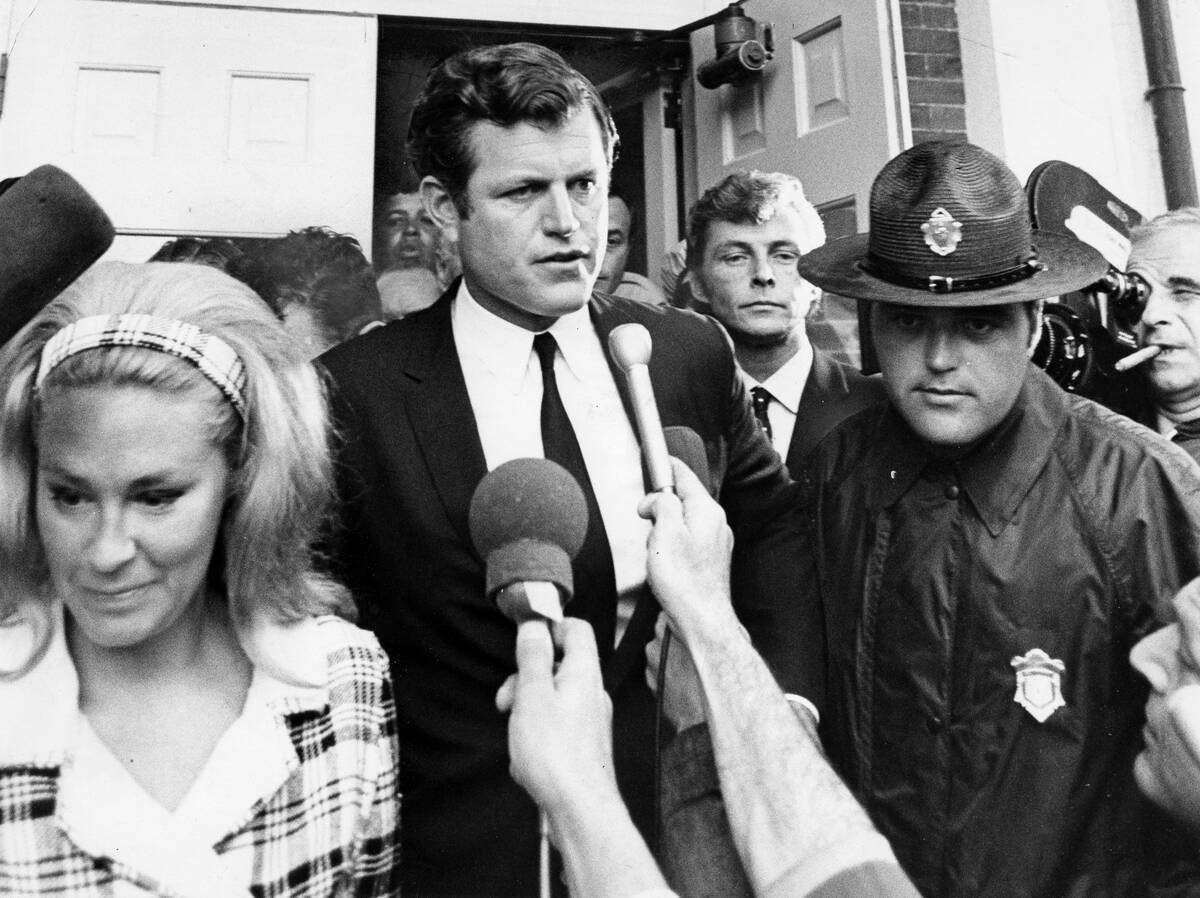
U.S. Senator Edward “Ted” Kennedy was considered an eventual presidential hopeful, following in the footsteps of his brothers JFK and RFK — but his political career was severely impacted by his involvement in an incident that resulted in the death of a woman.
Kennedy drove his car off a bridge on Chappaquiddick Island in Massachusetts and into the water. While he was able to escape, his passenger — 28-year-old Mary Jo Kopechne — drowned. Kennedy left the scene and failed to report the accident for nearly ten hours. He eventually pled guilty to leaving the scene of an accident.
Apollo 11 put boots on the moon.
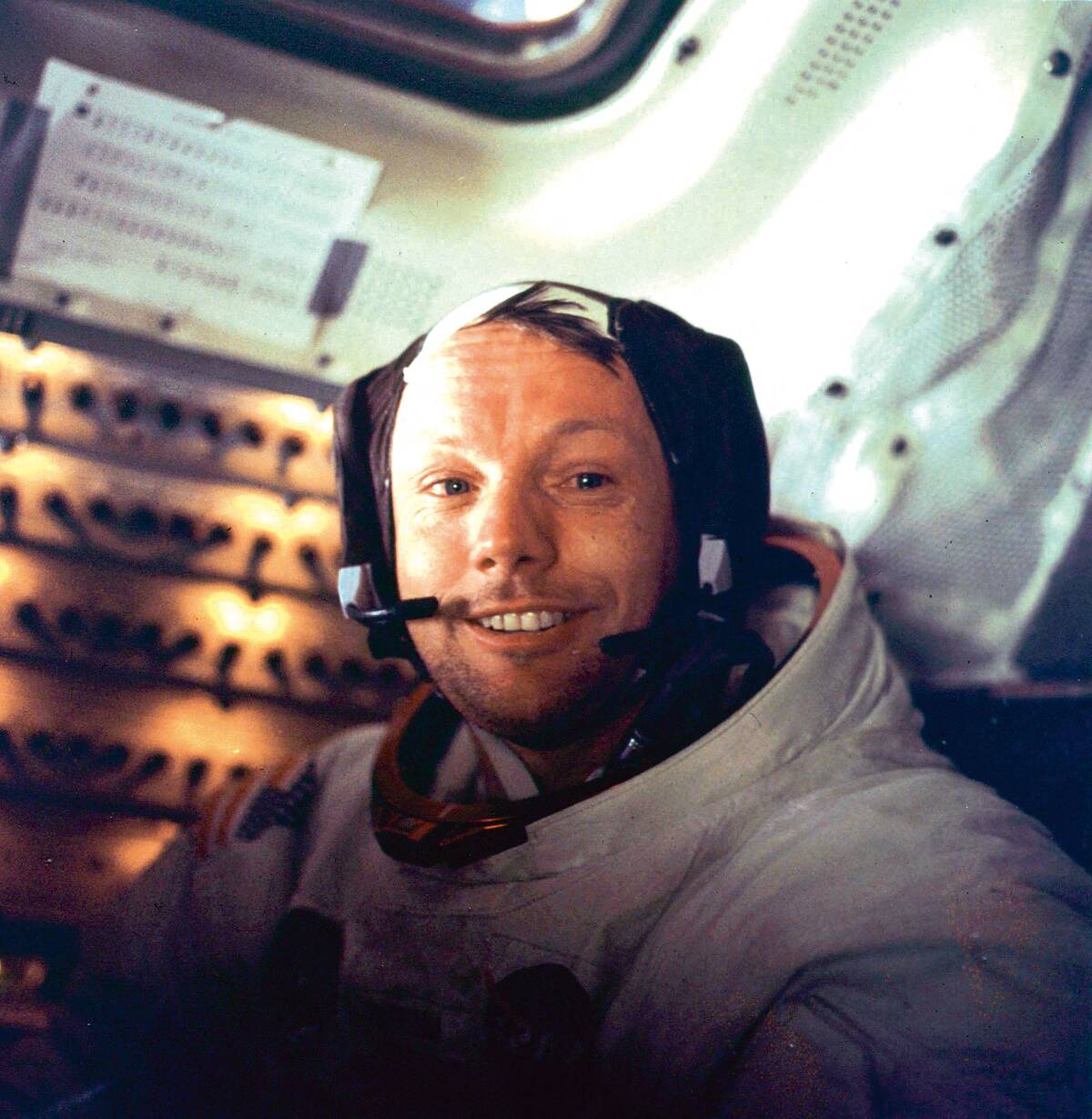
It would have seemed like science fiction at the dawn of the decade, but on July 20, 1969, the United States achieved one of humanity’s greatest technological feats when NASA’s Apollo 11 mission successfully landed astronauts Neil Armstrong and Buzz Aldrin on the moon.
The moon landing not only fulfilled the promise President John F. Kennedy had made in 1961, it also struck the biggest blow against the Soviet Union in the Space Race — and, some would argue, marked the biggest Cold War victory for the United States.
Gaddafi seized power in Libya.
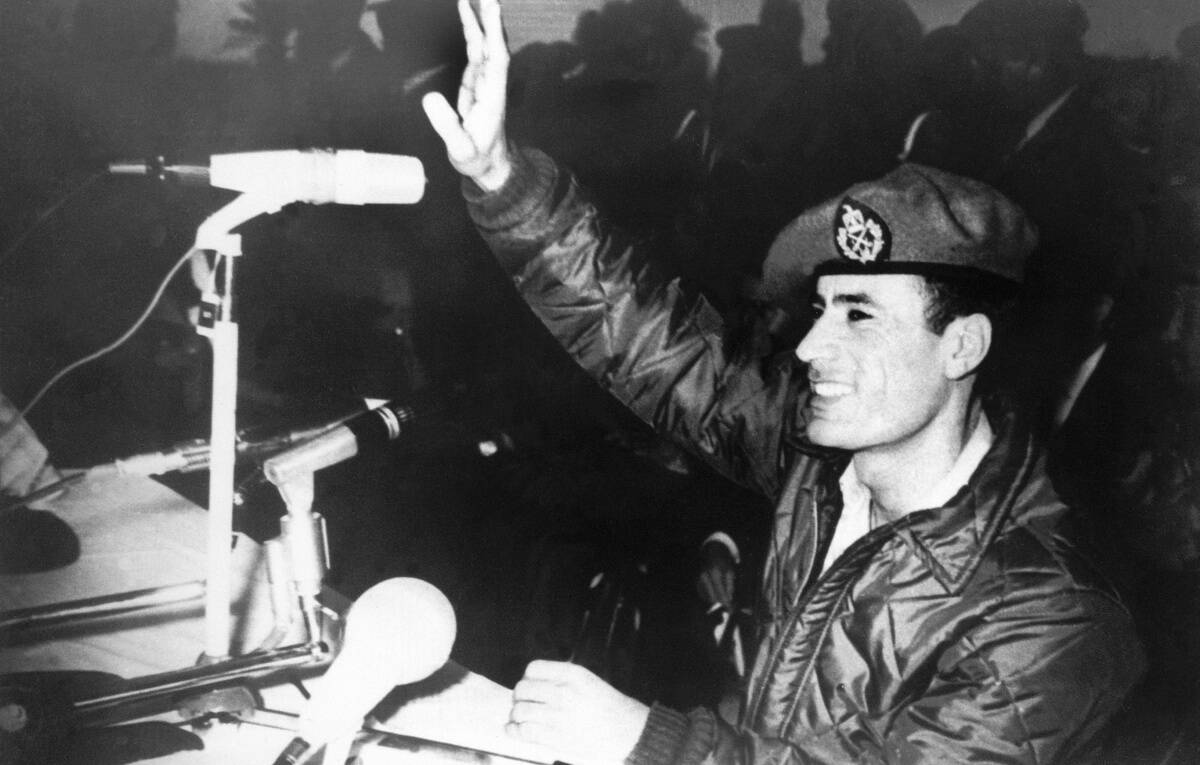
Muammar Gaddafi was a virtual unknown on the international stage when he, along with army officers, overthrew King Idris I in a bloodless coup in 1969. But in the decades to follow, Gaddafi would become a notorious thorn in the side of the international community.
Gaddafi was an anti-monarchist who rejected Western influence. Over time, his rule became more and more autocratic and unpredictable as Libya morphed from a pro-Western kingdom into a revolutionary state that was constantly mired in international controversies. His rule would last for more than four decades.
Golda Meir broke new ground.
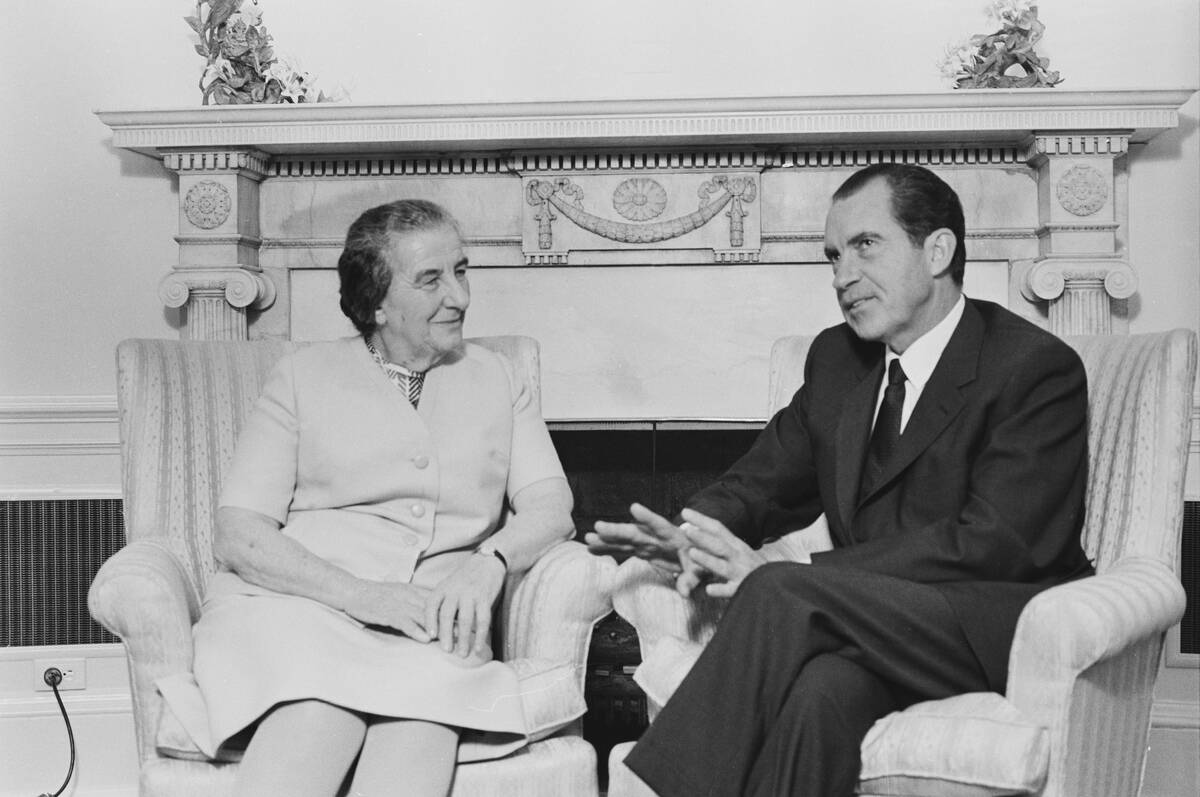
Golda Meir was sworn in as Israel’s Prime Minister in 1969 following the sudden death of her predecessor, Levi Eshkol. Meir became the country’s first (and to date, only) female head of government, and made an immediate impact on the world stage.
Her leadership coincided with a tense period in Israel’s relations with its Arab neighbors. While her leadership in the Yom Kippur War of 1973 would prompt her resignation the following year, her no-nonsense leadership earned her the nickname “Iron Lady” before Margaret Thatcher.

